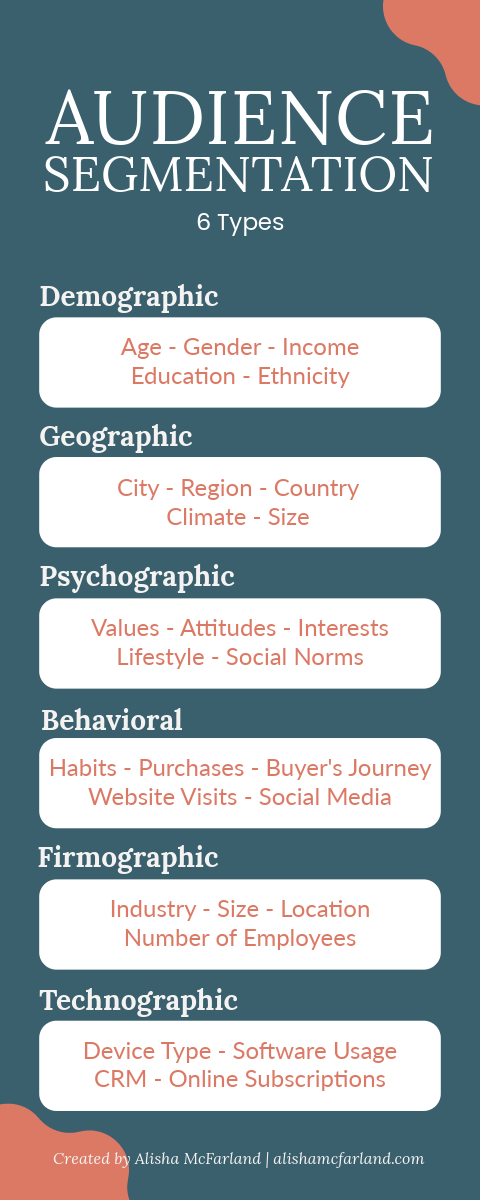The holiday season is a time of joy, celebration, and, of course, shopping. For businesses, this period presents a unique opportunity to connect with customers and boost sales. One powerful tool that can significantly enhance the holiday shopping experience for your customers is website personalization. In this article, we’ll look into the world of website personalization and explore how businesses can use it to create memorable and engaging holiday shopping experiences.
Understanding Website Personalization
Website personalization involves tailoring the online shopping experience to individual users based on their preferences, behaviors, and demographics. This approach goes beyond the one-size-fits-all model of traditional websites and offers customers a more relevant and engaging experience. Personalization can be applied to various aspects of a website, including product recommendations, content, design, and messaging.
The Power of Personalization in Holiday Shopping
Improved Customer Engagement
During the holiday season, customers are inundated with promotions and advertisements. Personalization helps your business stand out by providing shoppers with content and products that are more likely to resonate with them, increasing the chances of engagement and conversion.
Enhanced User Experience
Holiday shoppers are often in a rush, looking for the perfect gifts or deals. A personalized website saves them time by presenting relevant products and information upfront, reducing the frustration of sifting through irrelevant content.
Increased Sales
When customers see products they’re interested in, they’re more likely to make a purchase. Personalization can boost your holiday sales by suggesting complementary products, upselling, and cross-selling.
Customer Loyalty
By offering a personalized shopping experience, you can build stronger relationships with your customers. When they feel understood and catered to, they are more likely to return to your website, becoming loyal customers.
Implementing Website Personalization for the Holidays
Collect Customer Data
The foundation of website personalization is data. Start by collecting and analyzing data on customer behavior, preferences, and past purchases. You can gather this information through cookies, user accounts, surveys, and purchase histories.
What are Website Cookies?
Website cookies, often referred to simply as “cookies,” are small text files that websites store on a user’s computer or device when they visit. These files contain information about the user’s interactions with the website, such as login credentials, browsing preferences, and site-specific data.
Cookies are primarily used to enhance the user experience by enabling features like personalized content, maintaining login sessions, and tracking user behavior for analytics. They play a vital role in how websites remember and recognize users across visits, allowing for a more customized and convenient online experience.
Segment Your Audience
Categorizing your website visitors into distinct groups based on their demographics, behaviors, or preferences, to gain a deeper understanding of what motivates each segment. This insight becomes the foundation for tailoring content, product recommendations, and marketing messages to align with the unique needs and interests of each group.
For instance, if you’re running an e-commerce website, segmenting your audience can enable you to offer personalized product recommendations, exclusive discounts, and relevant content. This not only enhances user engagement but also significantly improves the chances of converting visitors into loyal customers.
Moreover, audience segmentation allows you to create more effective marketing campaigns. Instead of broadcasting generic messages to a broad audience, you can craft highly targeted campaigns that resonate with specific segments.
This means that a segment of your audience interested in winter sports equipment will receive promotions related to skiing and snowboarding gear, while those interested in beach vacations will see offers for warm-weather destinations.
Consequently, your marketing efforts become more efficient, as you’re delivering the right message to the right people, at the right time, resulting in higher conversion rates and improved customer satisfaction.

Personalized Product Recommendations
Personalized product recommendations leverage data on a user’s past interactions, browsing history, and preferences to suggest products that align with their specific interests. When visitors encounter items that resonate with their needs and desires, they are more likely to engage with your website, stay longer, and ultimately make a purchase. This not only boosts conversion rates but also enhances the overall user experience, as customers feel that the website understands and caters to their unique tastes.
Moreover, personalized product recommendations foster a sense of convenience and customer-centricity. They streamline the shopping journey by presenting relevant options upfront, sparing visitors the hassle of sifting through extensive product catalogs.
This level of customization makes customers feel valued and heard, reinforcing brand loyalty and encouraging repeat visits. In essence, by implementing personalized product recommendations, you not only boost sales but also create a more engaging and customer-centric website that fosters long-term relationships with your audience.
Tailored Content
By customizing the text, images, and multimedia elements to align with a visitor’s preferences and interests, you can create a more engaging and relevant journey. For instance, if your website offers a range of products or services, tailoring content allows you to showcase the most appealing options based on the user’s past behavior or demographics. This makes the website more user-friendly and efficient, as visitors can quickly find what they’re looking for, reducing frustration and increasing the likelihood of conversions.
Furthermore, tailored content helps establish a deeper connection with your audience. When visitors encounter content that resonates with their needs or interests, they are more likely to feel a sense of affinity with your brand. This connection goes beyond just making a sale; it fosters trust and loyalty, encouraging customers to return to your website for future needs.
Dynamic Pricing
Dynamic pricing allows you to adjust product prices in real-time based on various factors such as demand, time of day, and even a visitor’s browsing history. By doing so, you can offer personalized discounts and promotions to different segments of your audience. For instance, loyal customers may receive special pricing or exclusive offers, while first-time visitors could be presented with introductory discounts. This not only incentivizes purchases but also creates a sense of value and appreciation for your customers, making them more likely to return.
Dynamic pricing can also optimize revenue and inventory management. It allows you to strike a balance between maximizing profits during peak demand periods and attracting budget-conscious shoppers during slower times. This level of adaptability ensures that your pricing strategy remains competitive and customer-centric. The result is a win-win situation where visitors enjoy a more personalized shopping experience, and your business benefits from improved sales and revenue.
Take Away
Website personalization is a powerful tool for enhancing the holiday shopping experience. By leveraging customer data, segmenting audiences, and tailoring content and products, businesses can provide a more engaging and relevant online shopping experience during the holiday season. As technology continues to advance, the opportunities for personalization are only growing, making it a crucial strategy for businesses looking to thrive during the holidays and beyond.


